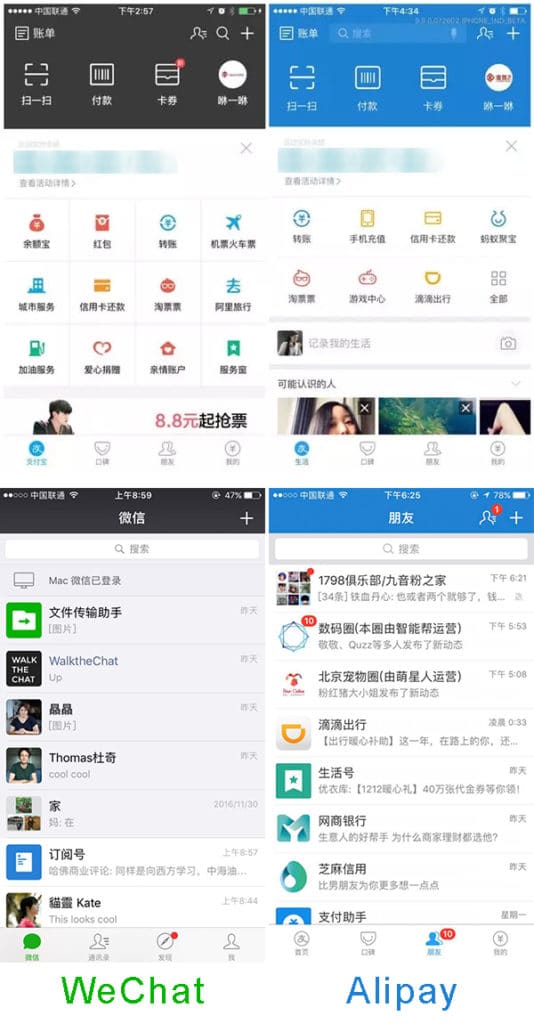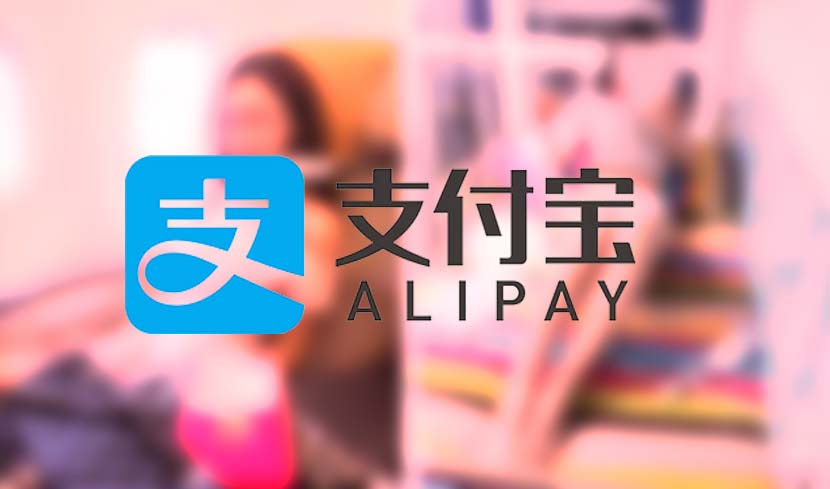Last week, Alipay released a new feature called Circle (圈子). Within hours of its launch, female students started to post sexually explicit pictures to get comments from wealthy users with high credit score.
The feature immediately got huge media attention and triggered discussions on all social medias. Alipay later apologized for its wrongdoing after facing criticism from the Chinese government.
Interestingly, this is also the first successful attempt for Alipay to enter the “Social Media” world.
Let’s dive-in to the controversy.
What is Circle?
Basically Circle is like an interest-based WeChat Moment Feed, which can be accessed via the AliPay APP. Each Circle has a theme, for example, pet circle, digital product circle, campus circle… Alipay adds users into specific Circles based on their purchasing behavior and personal data. Users can post pictures and videos in the Circle.
Why controversial?
The controversy started from particular female-focused circles, namely “Campus Diary”, and “White-collar Diary”. Let’s take the example of the Campus Diary Circle. The rules are the following:
- Female students have access to all features, such as: post photos, likes other users’ pictures, tip users, and comments
- Everyone else can only like the photo and tip the user
- Tips are limited to 1 RMB maximum
- But, users with Sesame Credit of 750 or above can also comment on photos
|
User |
Post photo | Like | Tip | Comment |
|
Female student |
✓ |
✓ | ✓ | ✓ |
| Other users | X | ✓ | ✓ |
≥ 750 Sesame Credit |
Sesame Credit is Alipay’s internet-based credit rating systems that’s licensed by the government. It’s a complex rating system based on user’s wealth, purchasing activities, ability to pay bills on time, education and many other financial metrics. The equation to calculate this credit score is not transparent. For example, an user score will earn points if he/she registers personal property, such as cars and housing property in the Alipay App.
A 750 credit score is attributed to users at the top of the “pyramid”. Basically extremely wealthy users.
Some female students started to post sexual suggestive pictures in order to attract comments and tips from high-credit-score users.
 Alibaba was accused of gender discrimination, objectifying women, income discrimination and distribution of pornography.
Alibaba was accused of gender discrimination, objectifying women, income discrimination and distribution of pornography.
Of course, just like in the case of Uber and the US election, negative publicly may be the best form of free advertising. Users were flooding into the Alipay App to signup for this new Circle feature.
Alipay wasn’t taking action to regulate its content until finally caught Chinese government’s attention, which publicly commented “Internet innovation should comes within boundaries” (互联网创新要有底线意识). Alipay finally started cracking down on the sexually explicit pictures and wrote a public letter to apologize for the sexual content.
My own experience with Alipay Circle feature
I was selected by the Alipay system to join the Beijing Pet Circle with 8k other members, and Digital Circle with 256k members. Both groups are very active.
Beside the buzz created by the provocative pictures above, the Circles I am part of what now seems to exhibit a healthier mix of interactions:
- Show off & Selfies (well, I guess it’s hard to completely get rid of that)
- Q&A related to the group topic (ex: in the digital group “Should I buy Xiaomi or Samsung?”)
- Market place to sell products
- Group buying deals
Overall, the experience with the new APP circle seems pleasant and the level of engagement of users is high.
Alibaba’s long journey to catch up with WeChat in social media
This is not Alibaba’s first attempt to become a social media App. The previous attempts were failures.
2015-current
Alibaba’s DingTalk (钉钉) tries to become the Slack of China, an enterprise messaging application. Despite the strong promotion budget, DingTalk have 5 million register users by August 2016. The company has not announced its monthly active users.
2016 Chinese New Year
Alipay’s red envelop campaign was focused on social sharing of the Chinese character “Fu” (五福). Many users added friends to Alipay’s friend contact list, but no one really kept using Alipay as a communication tool after the campaign
August 2016
Alipay changed it’s design to look just like WeChat hoping users would position Alipay more like a social media App

Despite these effort, Alibaba failed to reposition itself as a social platform.
The Circle maybe the first time users are flooding into the App to make social connections.
Is there a sweet-spot for Alipay new Circle feature?
Alibaba might find a sweet spot in the social media space: it’s not as intimate as a network based social circle as WeChat, and it’s not as Key Opinion Leader based as Weibo.
Alibaba is trying to use its leading position in the e-payment space and leverage it as an asset in the social media world. It is therefore using Alipay both as a way to reflect social status, and as a way to convert to e-commerce purchases.
It will be interesting to see if these Circles will stay active and spread among users. So far, they seem to be doing great. And the idea to link social with e-commerce is an interesting one.
The problem is that there is already an APP which managed to bridge the gap between social and online shopping in China…
… it is called WeChat.


